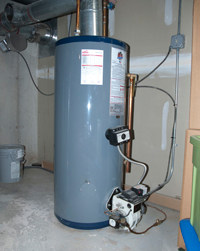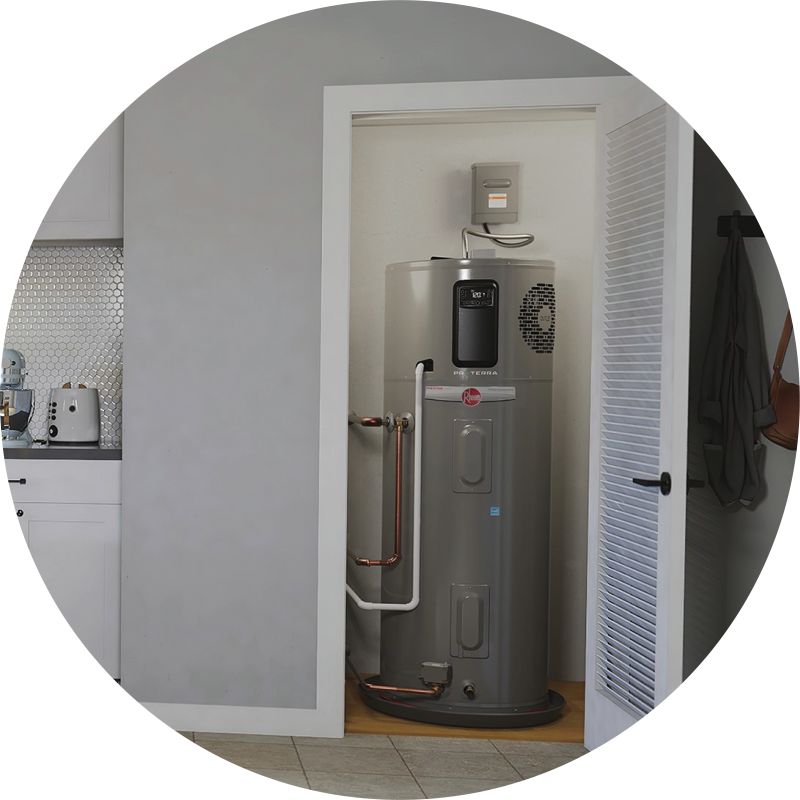The article author is making a number of good observations regarding Tips For Maintaining Your Hot Water Heater in general in this post down the page.

Hot water is crucial for day-to-day convenience, whether it's for a rejuvenating shower or washing dishes. To guarantee your warm water system runs efficiently and lasts longer, normal upkeep is essential. This article provides sensible pointers and understandings on how to maintain your home's warm water system to prevent disruptions and costly fixings.
Intro
Maintaining your home's warm water system may seem daunting, yet with a few simple actions, you can ensure it operates efficiently for many years to come. This guide covers everything from recognizing your hot water system to DIY upkeep pointers and understanding when to hire specialist assistance.
Relevance of Preserving Your Hot Water System
Routine maintenance not just extends the life-span of your hot water system however also guarantees it operates successfully. Overlooking maintenance can cause decreased performance, higher power bills, and also premature failing of the system.
Signs Your Warm Water System Needs Upkeep
Knowing when your hot water system requires interest can protect against major concerns. Look out for indicators such as inconsistent water temperature level, weird noises from the heating unit, or rustic water.
Purging the Water Heater
Flushing your hot water heater gets rid of debris buildup, enhancing effectiveness and lengthening its life.
Checking and Replacing Anode Rods
Anode rods stop deterioration inside the tank. Inspecting and replacing them when worn out is important.
Complicated Problems Calling For Specialist Help
Examples include major leakages, electric troubles, or if your hot water heater is consistently underperforming.
Routine Professional Maintenance Advantages
Expert upkeep can consist of detailed assessments, tune-ups, and making certain conformity with safety and security criteria.
Inspecting and Adjusting Temperature Settings
Readjusting the temperature level settings ensures optimum performance and safety.
DIY Tips for Upkeep
You can do numerous maintenance tasks yourself to keep your hot water system in top condition.
Checking for Leakages
Consistently inspect pipes and connections for leaks, as these can result in water damages and greater costs.
Recognizing Your Warm Water System
Prior to diving right into upkeep jobs, it's handy to understand the basic components of your hot water system. Generally, this includes the water heater itself, pipelines, anode poles, and temperature controls.
Regular Monthly Maintenance Tasks
Normal month-to-month checks can assist catch minor concerns prior to they intensify.
Evaluating Pressure Alleviation Valves
Checking the pressure relief valve guarantees it works properly and avoids excessive stress accumulation.
Insulating Pipelines
Shielding hot water pipes lowers warm loss and can save power.
When to Call an Expert
While DIY upkeep is helpful, some problems require specialist competence.
Conclusion
Routine maintenance of your home's warm water system is vital for efficiency, long life, and expense savings. By adhering to these suggestions and recognizing when to look for professional aid, you can guarantee a reliable supply of warm water without unforeseen disturbances.
How to Maintain an Instant Hot Water Heater
Before tinkering with your hot water heater, make sure that it’s not powered on. You also have to turn off the main circuit breaker and shut off the main gas line to prevent accidents. Also turn off the water valves connected to your unit to prevent water from flowing into and out of the appliance. 2. When you’re done, you have to detach the purge valves’ caps. These look like the letter “T†and are situated on either side of the water valves. Doing so will release any pressure that has accumulated inside the valves while at the same time avoid hot water from shooting out and burning your skin. 3. When the purge valves’ caps are removed, you have to connect your hosing lines to the valves. Your unit should have come with three hoses but if it didn’t, you can purchase these things from any hardware or home repair shops. You can also get them from retail stores that sell water heating systems. Read the user’s manual and follow it to complete this task properly. When the hosing lines are connected, open the purge port’s valves. 4. You should never use harsh chemical cleaners or solutions when cleaning your unit. Make use of white vinegar instead. It should be undiluted and you’ll probably use about 2 gallons. 5. Now flush your water heater. This task should probably take about 40 minutes. We can’t give you specific directions for this because the procedure is carried out depending on the type, model and brand of your heater. With that being said, refer to the user’s manual. 6. When you’re done draining the unit, you have to turn off the purge port valves again. Remove the hosing lines that you earlier installed on each of the water valves. Put the valve caps (purge port) back in their respective places and be very careful so as not to damage the rubber discs that are found inside these caps. 7. Now that everything’s back in place, check your user’s manual again to find out how to reactivate your water heating system. 8. Once it is working, turn one of your hot water faucets on just to let air pass through the heater’s water supply pipes. Leave the tap on until water flows smoothly out of it. https://www.orrplumbing.com/blog/2014/september/how-to-maintain-an-instant-hot-water-heater/

We were made aware of that article about How to Maintain Your Water Heater & Prolong its Life through a good friend on another web page. Do you know another person who is truly interested in the subject? Do not hesitate to share it. We recognize the value of reading our article about What Kind of Maintenance Do Water Heaters Need?.
More Details